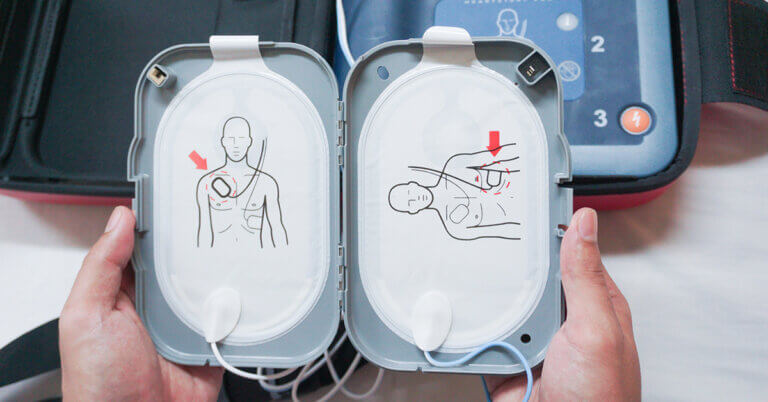March 9, 2022

What Does ESG Mean to Patients? Not Much
A friend of mine recently asked me whether I knew anything about ESG in healthcare. I told her I did but was too busy at the moment to share what I knew and that I would email her later. Then, like the poser I am, I quickly searched online to find out what ESG in healthcare is because I had absolutely no clue.
I learned that ESG stands for “environmental, social and governance,” and it’s a formula to evaluate the sustainability of a company in light of climate change, growing societal concerns and demands for more fair and equitable corporate management structures. Investors who care about those issues use ESG to pick the companies (or countries) in which they’ll invest. Businesses (or countries) use it to decide what other companies (or countries) they’ll do business with.
By bombing of nuclear power plants, indiscriminately killing innocent civilians and ruling by an autocratic kleptocracy, Russia fails the ESG test with its invasion of Ukraine. No one should do business with Russia. Understatement intended.
In healthcare, which is like any other industry, the ESG movement is putting pressure on businesses in healthcare (hospitals, health systems, medical practices, payers, manufacturers, suppliers and vendors) to meet the ESG expectations of investors, business partners, clients, customers and prospects. That’s why you’re starting to see ESG statements or reports on the websites of many healthcare businesses.
OK, now you know 100 percent of what I know about ESG in healthcare. But it was enough to let me read a new healthcare consumer survey report from Jones Lang LaSalle, the Chicago-based healthcare real estate management company, through a new lens.
JLL surveyed a representative sample of more than 4,000 U.S. adults in January for its 18-page 2022 Patient Consumer Survey report, which you can download here.
Like all company-sponsored surveys, JLL’s agenda was pretty clear: show hospitals, health systems and medical practices that patients prefer to get their care in new and more convenient virtual and physical settings that, ahem, JLL can help them find, finance, buy, build or remodel.
Be that as it may, there were some interesting takeaways in light of the ESG movement. For example:
- 40 percent of the respondents said they’ve never had a telemedicine visit
- 21 percent who said they had a telemedicine visit haven’t had another one since July 1
- 41 percent said they would not schedule a telemedicine visit even if it meant waiting longer for an in-person visit (for more on this topic, please read “Are Your Patients Willing to Wait?” on 4sighthealth.com
- 83 percent said they prefer in-person visits closer to home even if the physical facility is “old”
- 33 percent said going to a “modern” facility for care was important
- 38 percent said they’re inclined to use a facility certified as “green and environmentally friendly”
Virtual care leaves less of an environmental footprint than in-person care as do new and LEED-certified buildings. In-person care and old buildings are less ESG-friendly.
But, if JLL’s survey results are representative of how patients feel, less than half of them don’t care. Give me an old building close to my house so I can see my doctor face to face. To patients, ESG might as well be something to avoid in Chinese food or a heart test ordered by your doctor.
This tells me ESG in healthcare will be a movement driven from the top down to the customer. It won’t be a movement driven by customers from the bottom up. It’s an opportunity for healthcare executives to lead, not follow, and take the industry and its customers where they need to go.
Are healthcare executives up to the task? We’ll see.
Thanks for reading.





